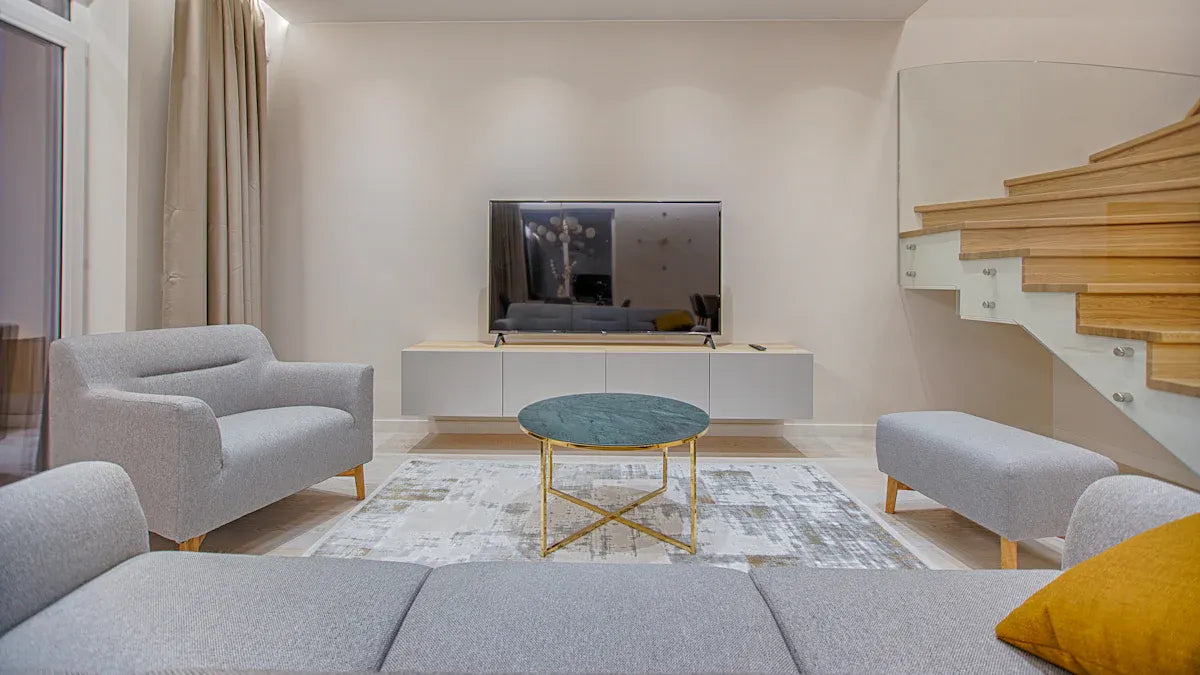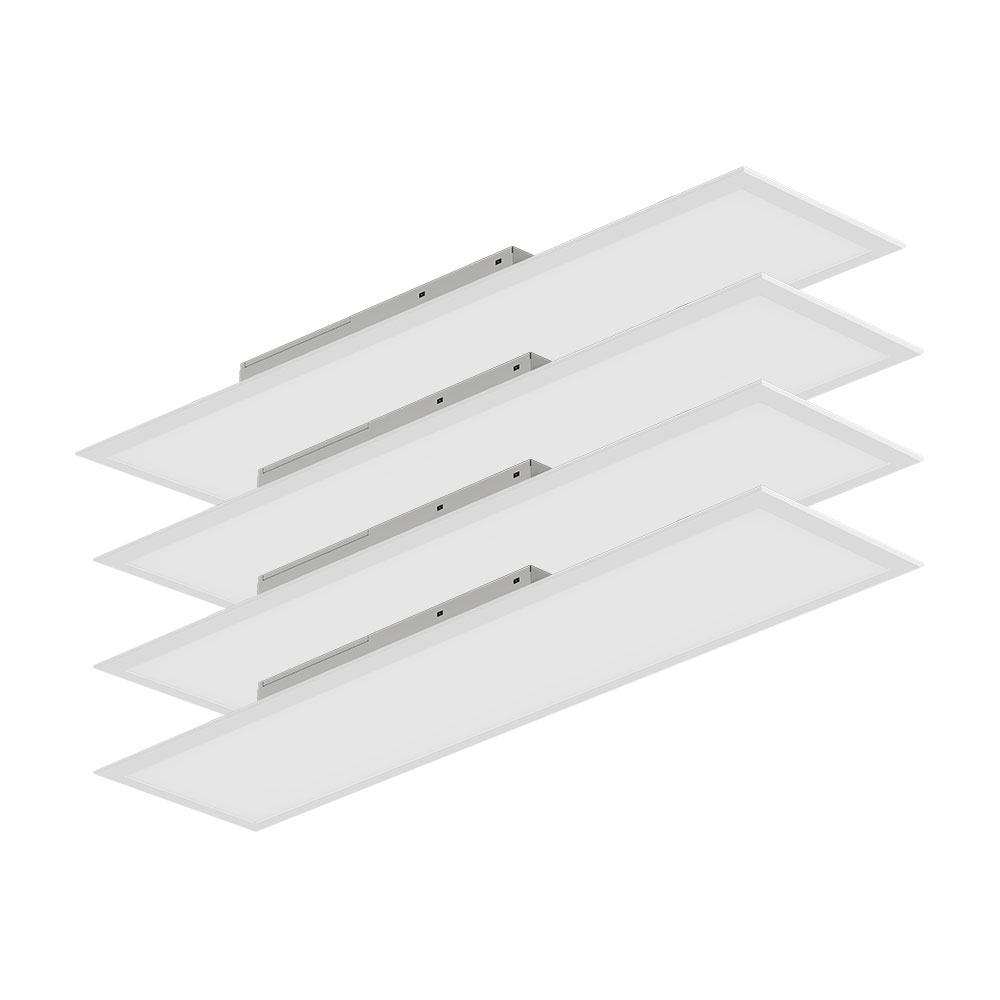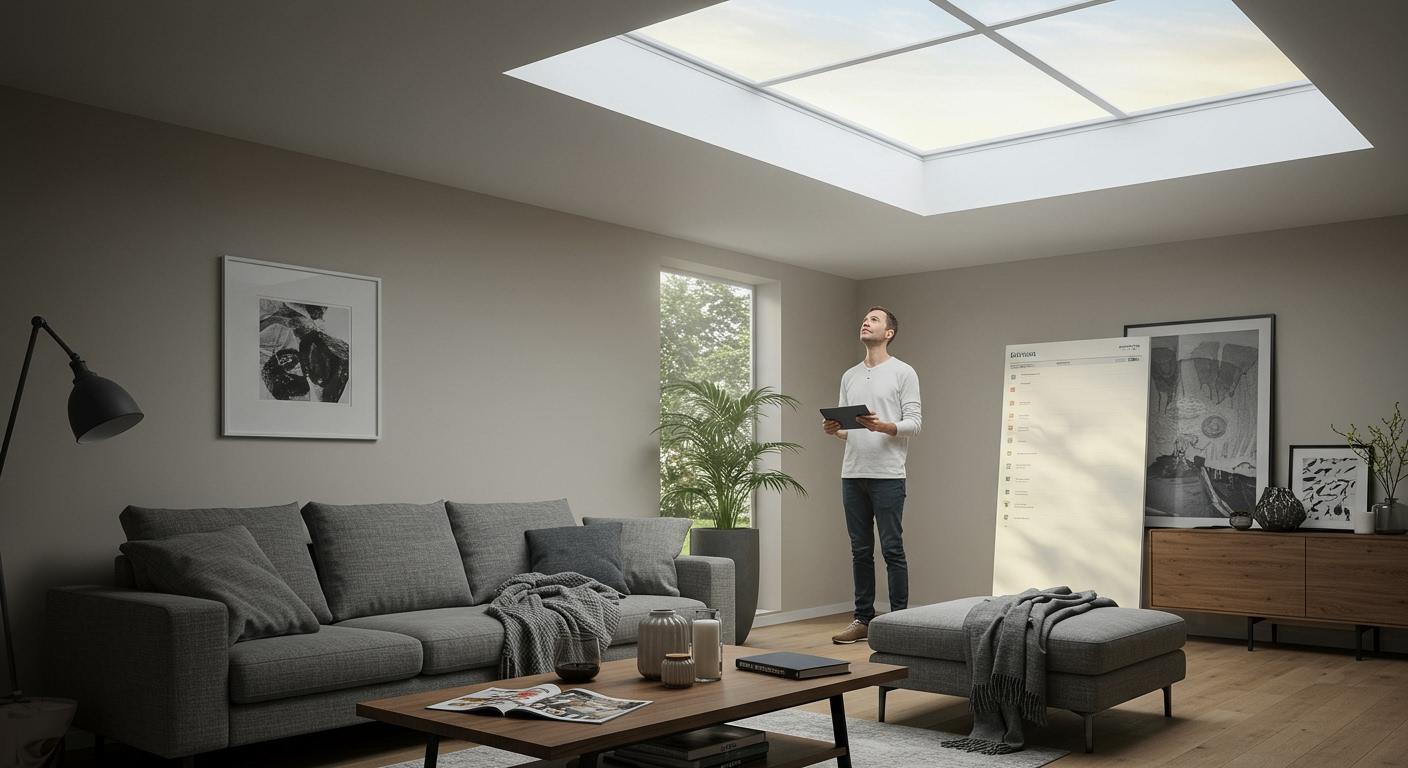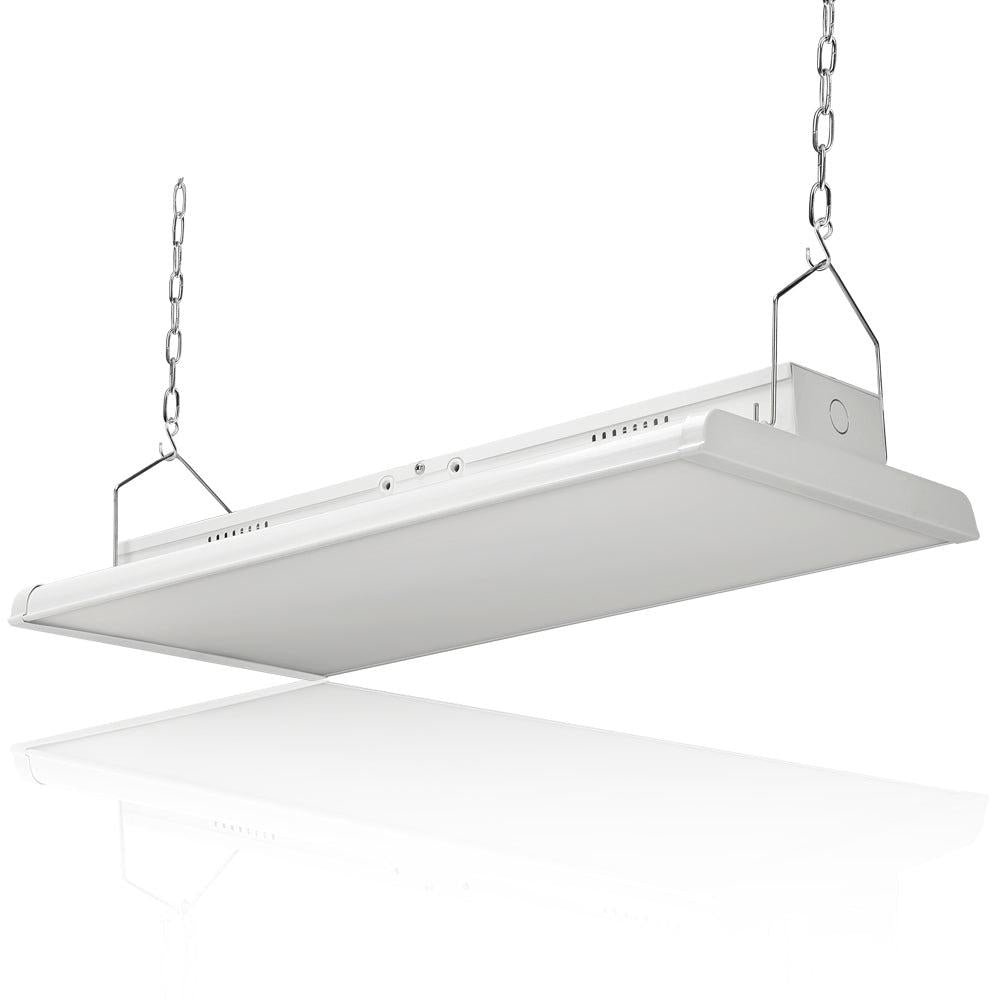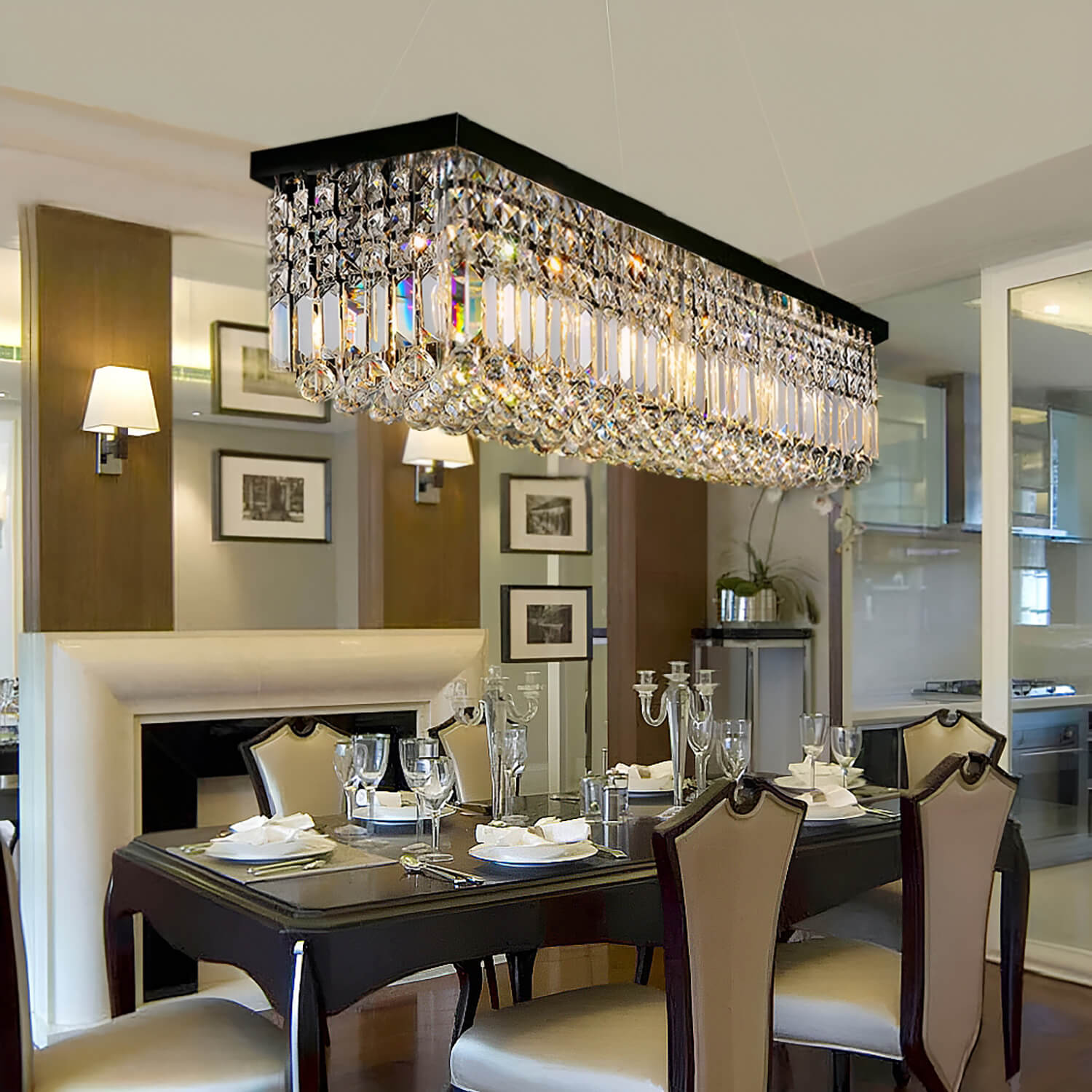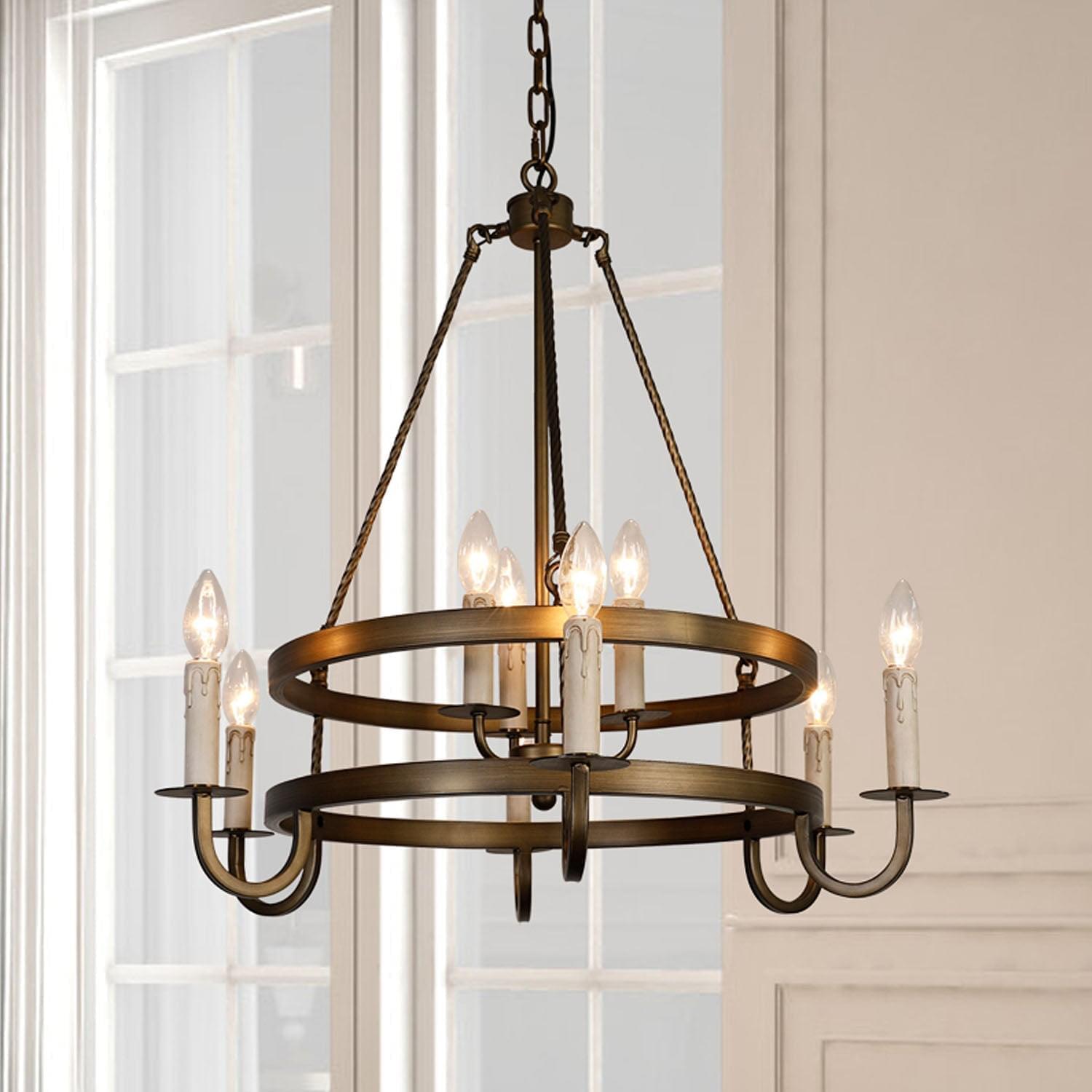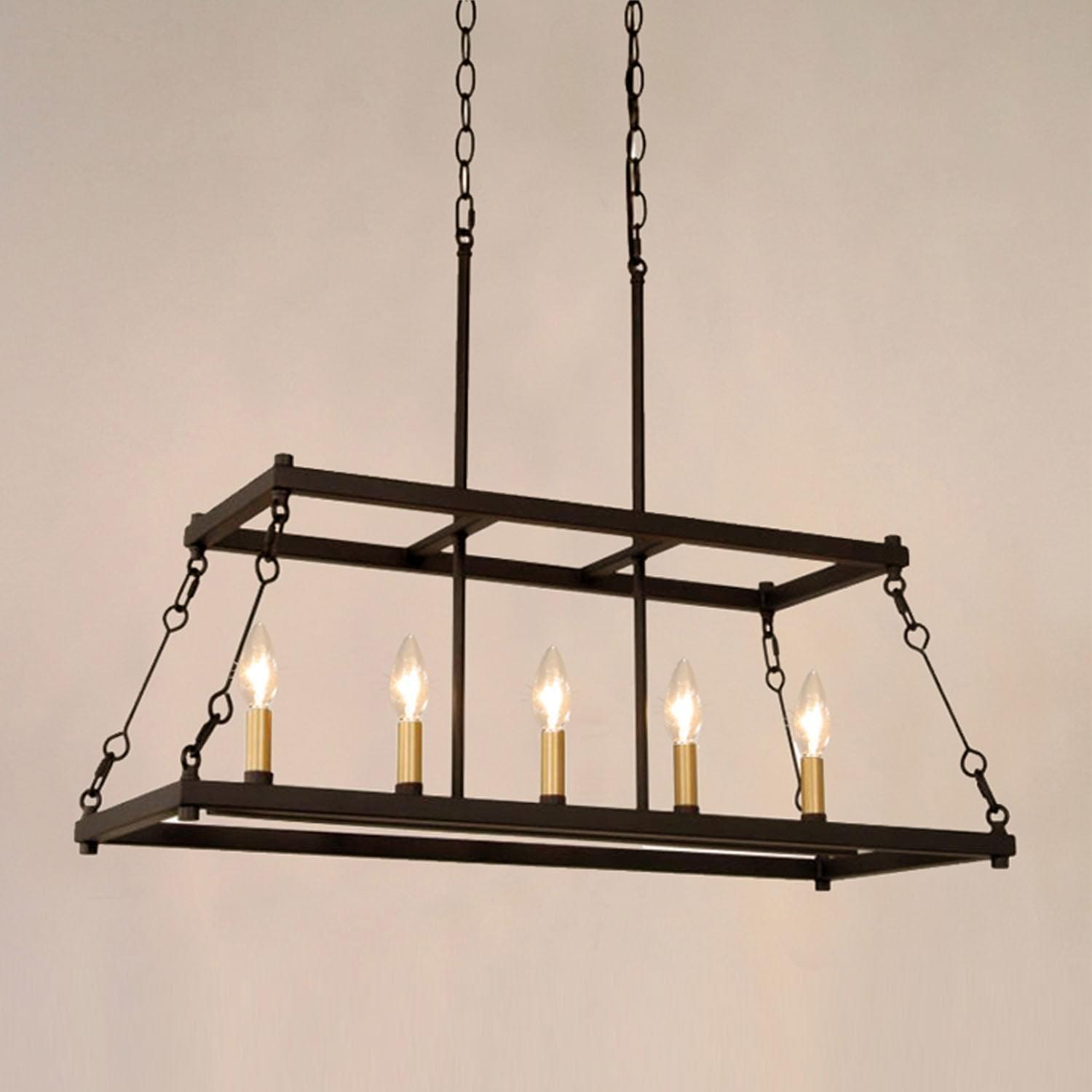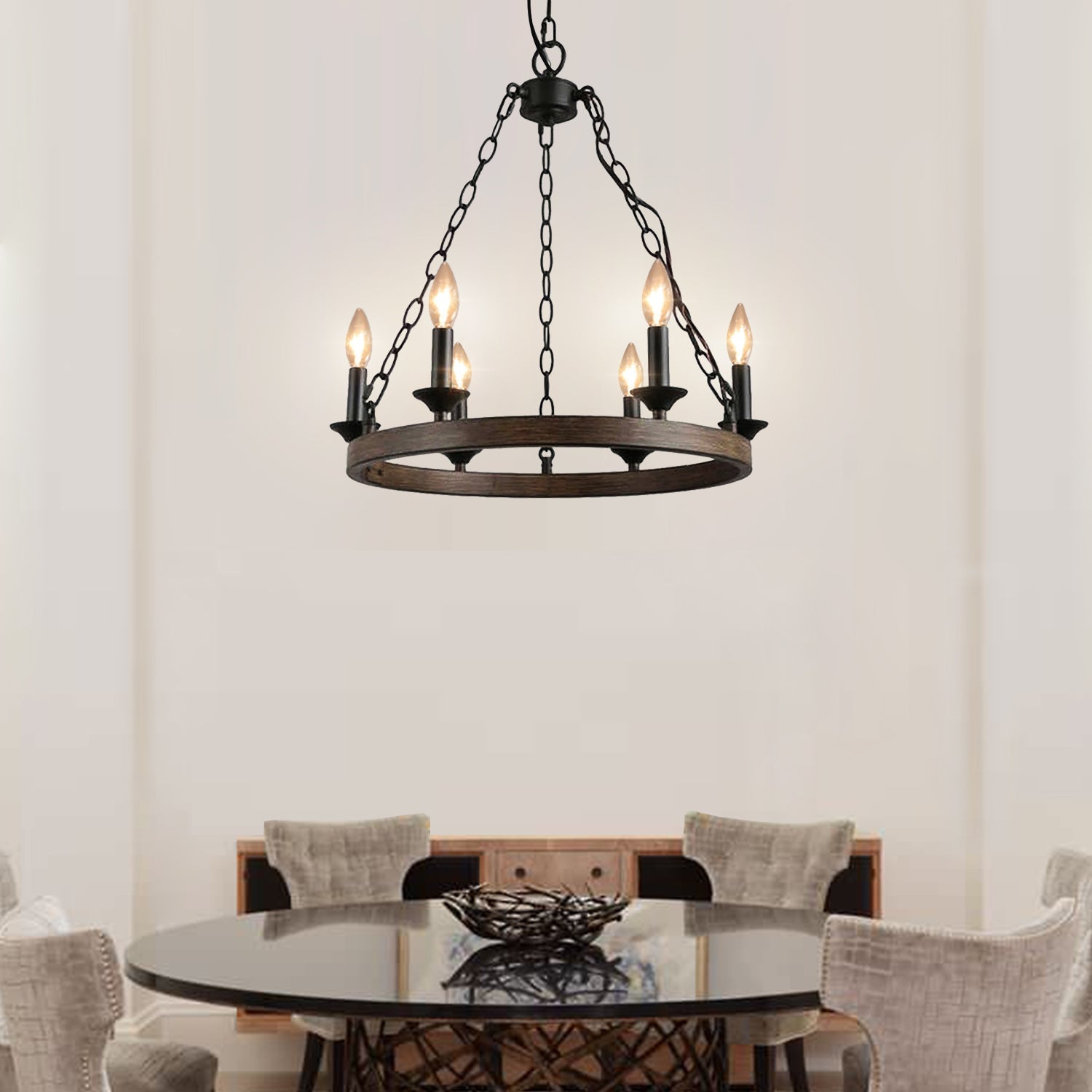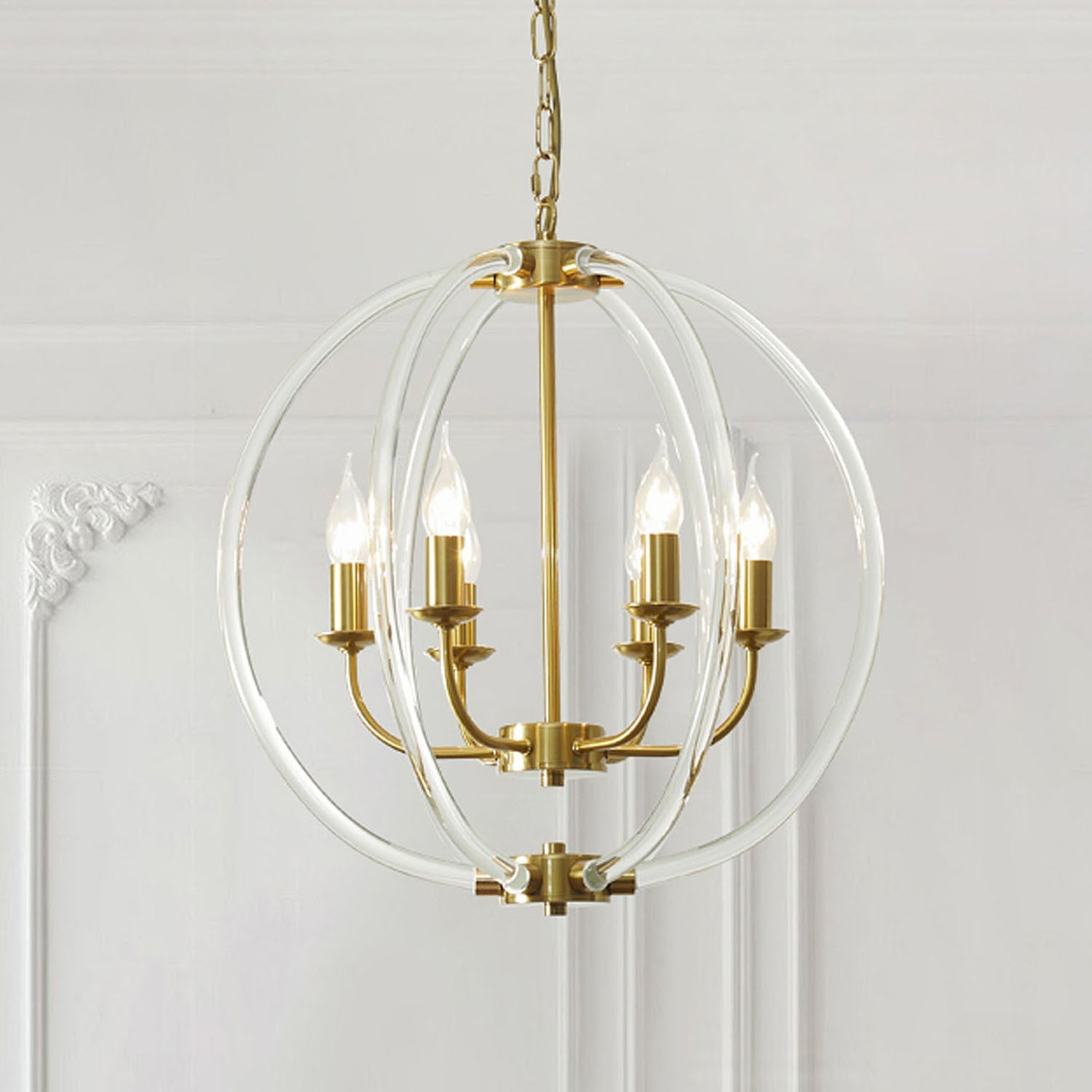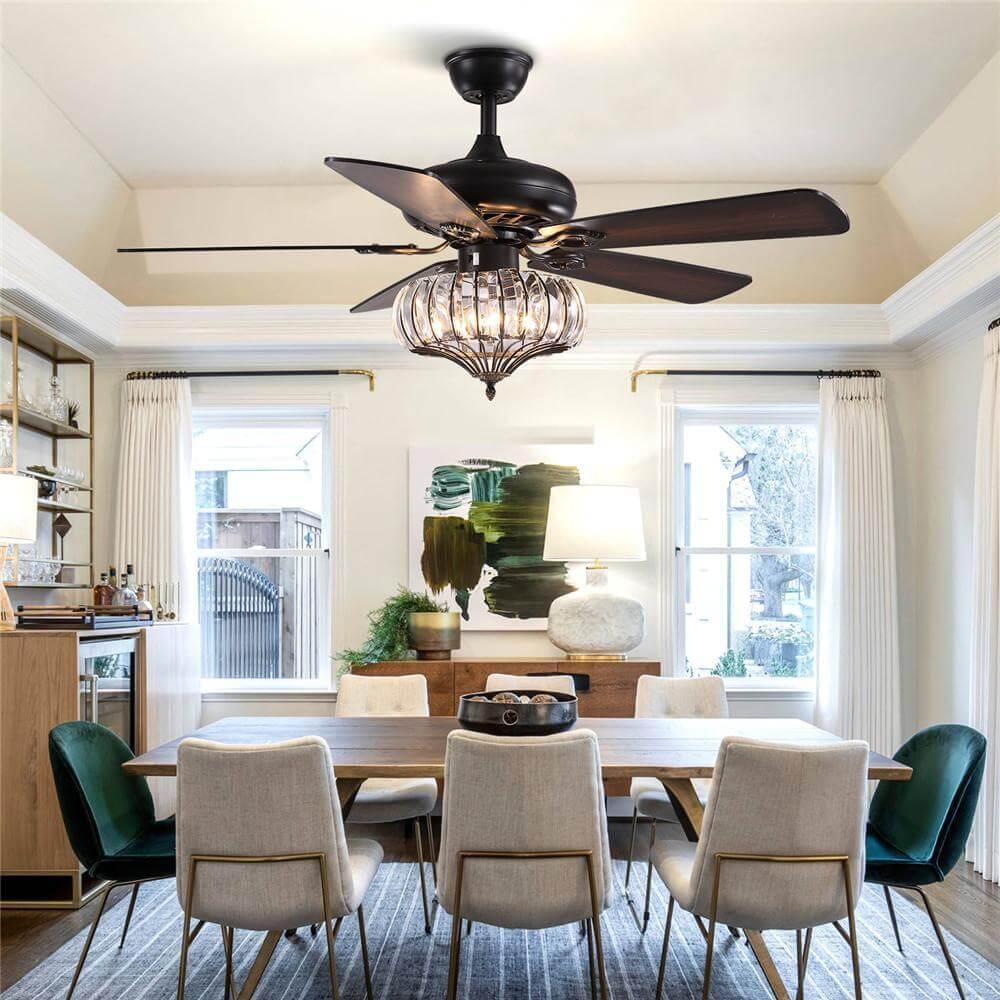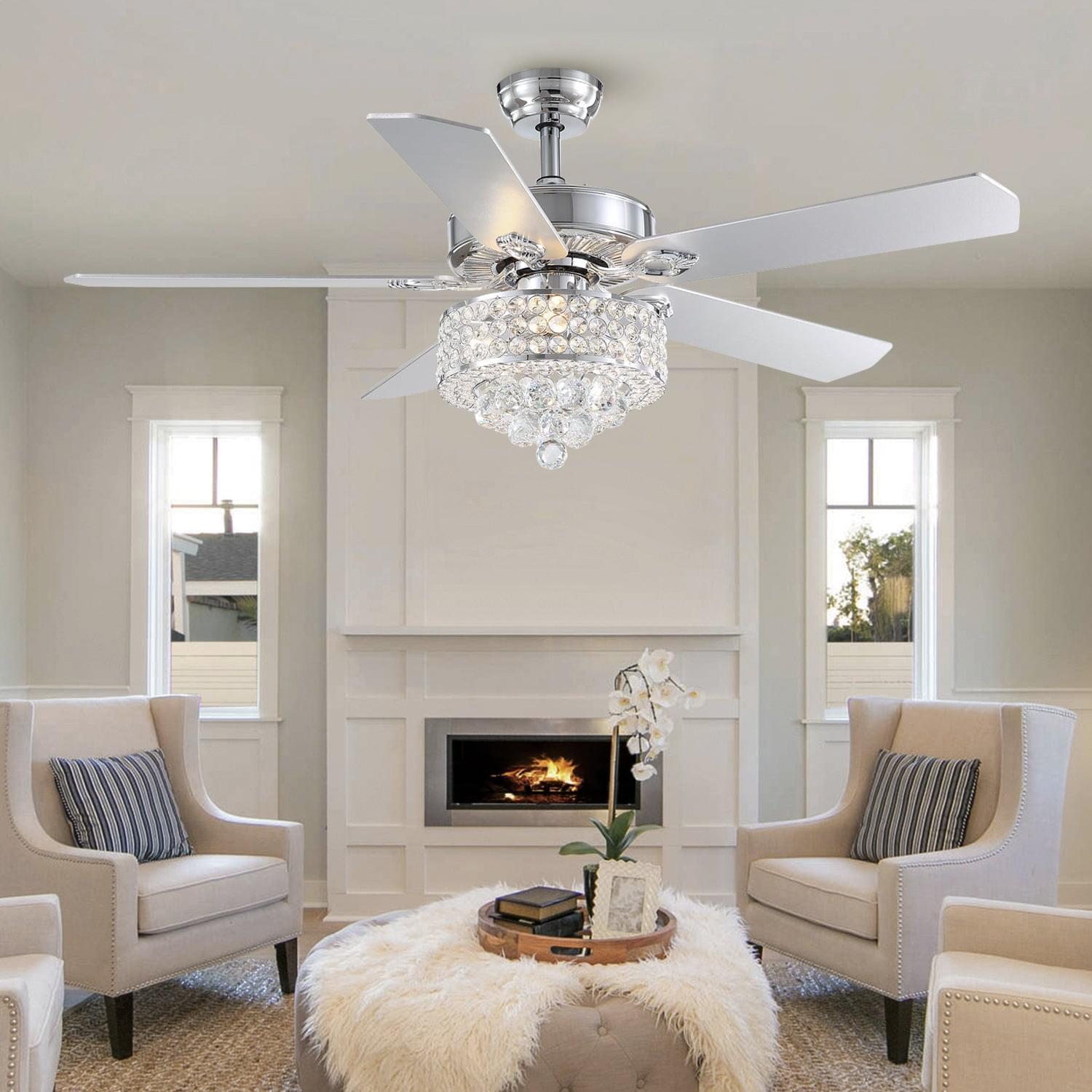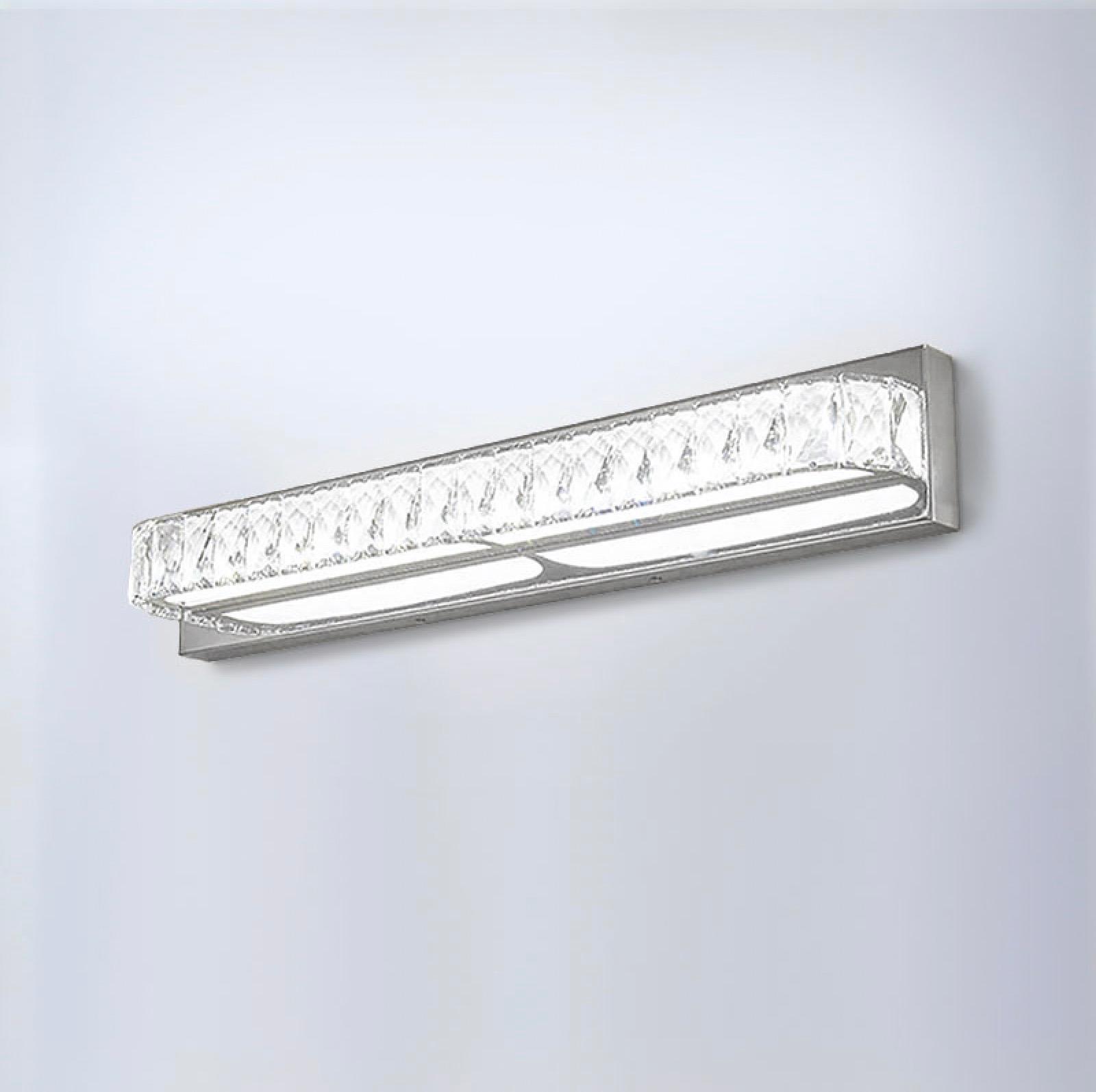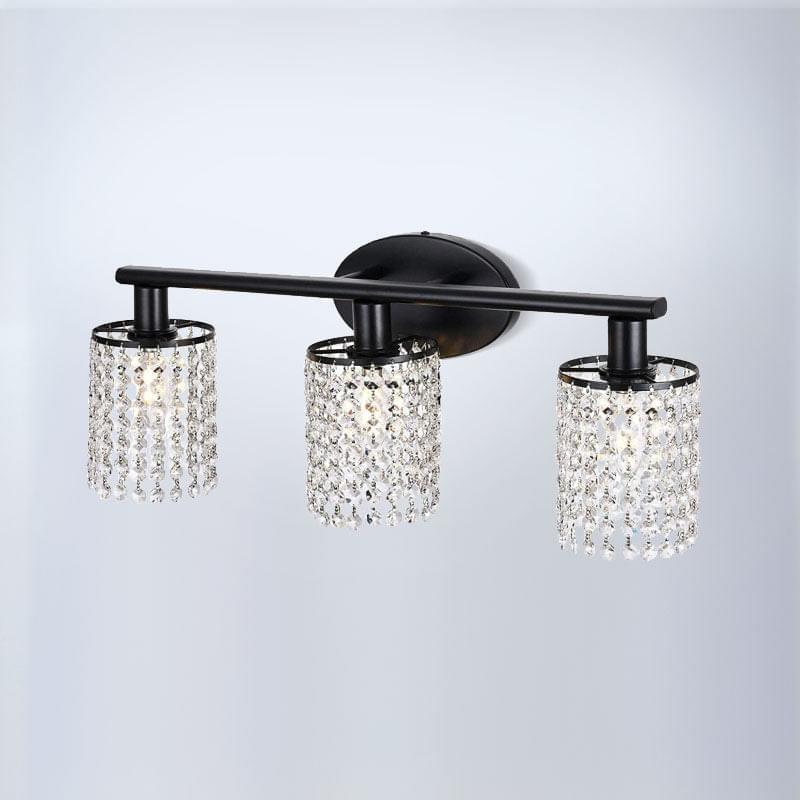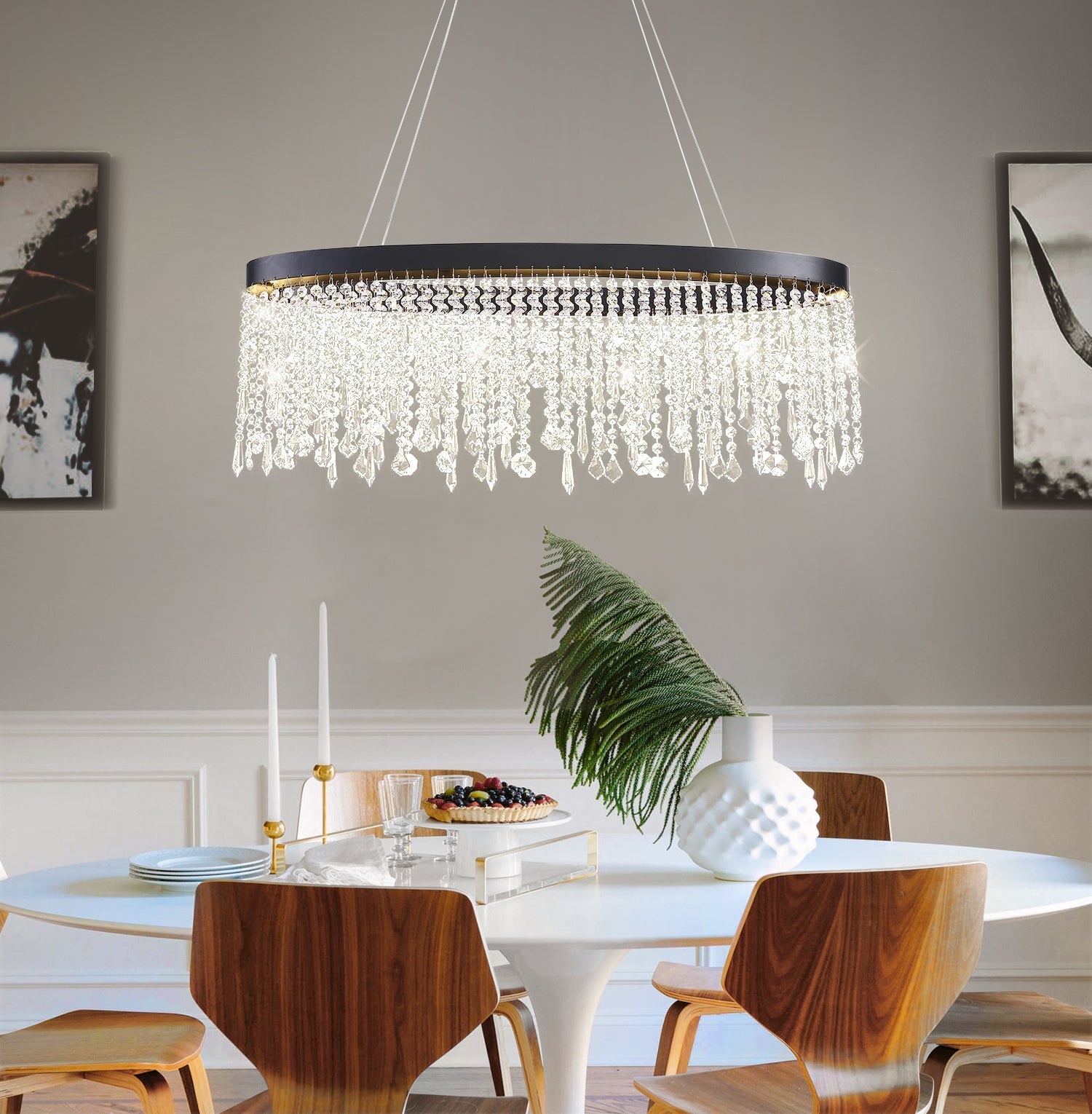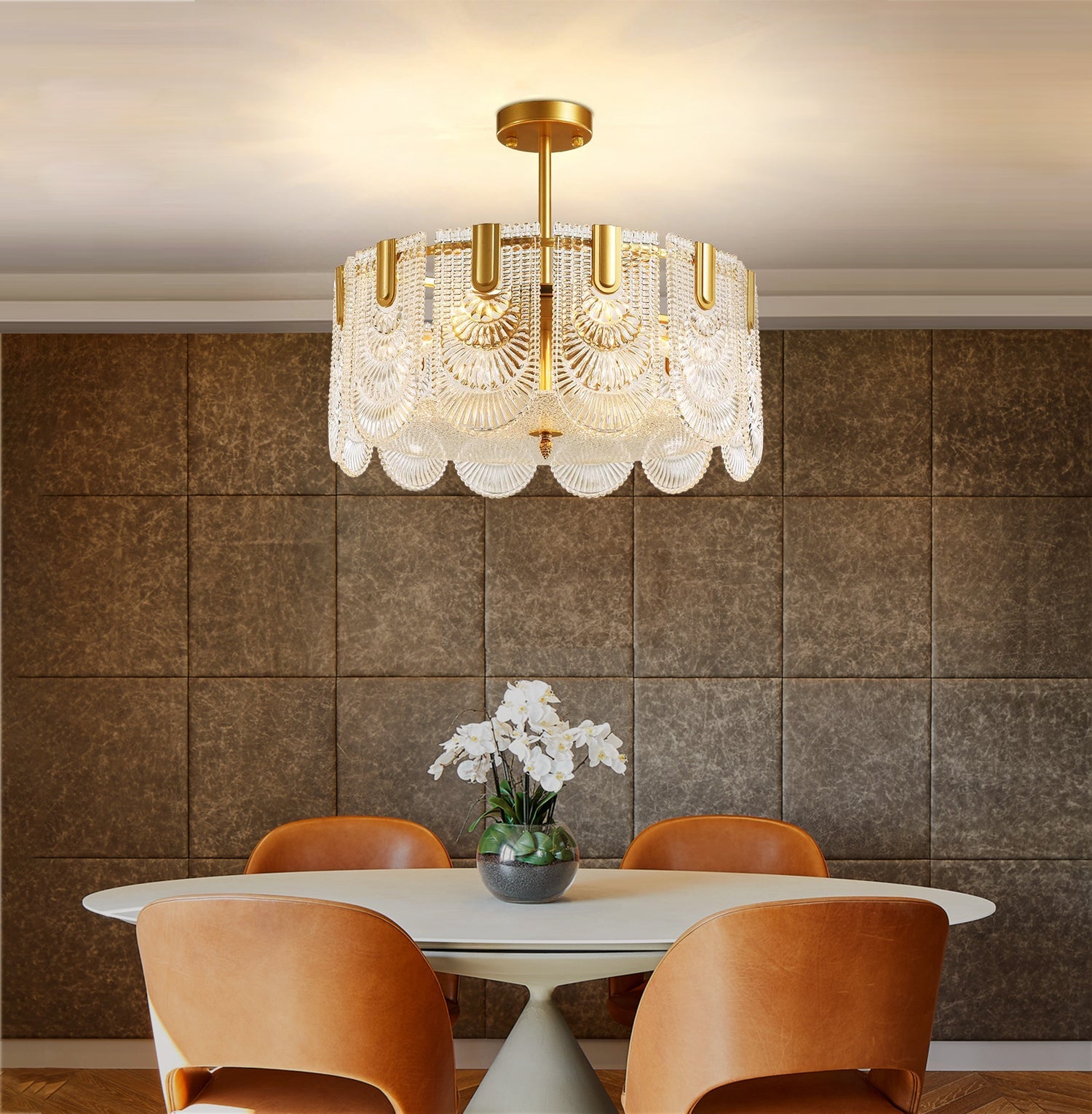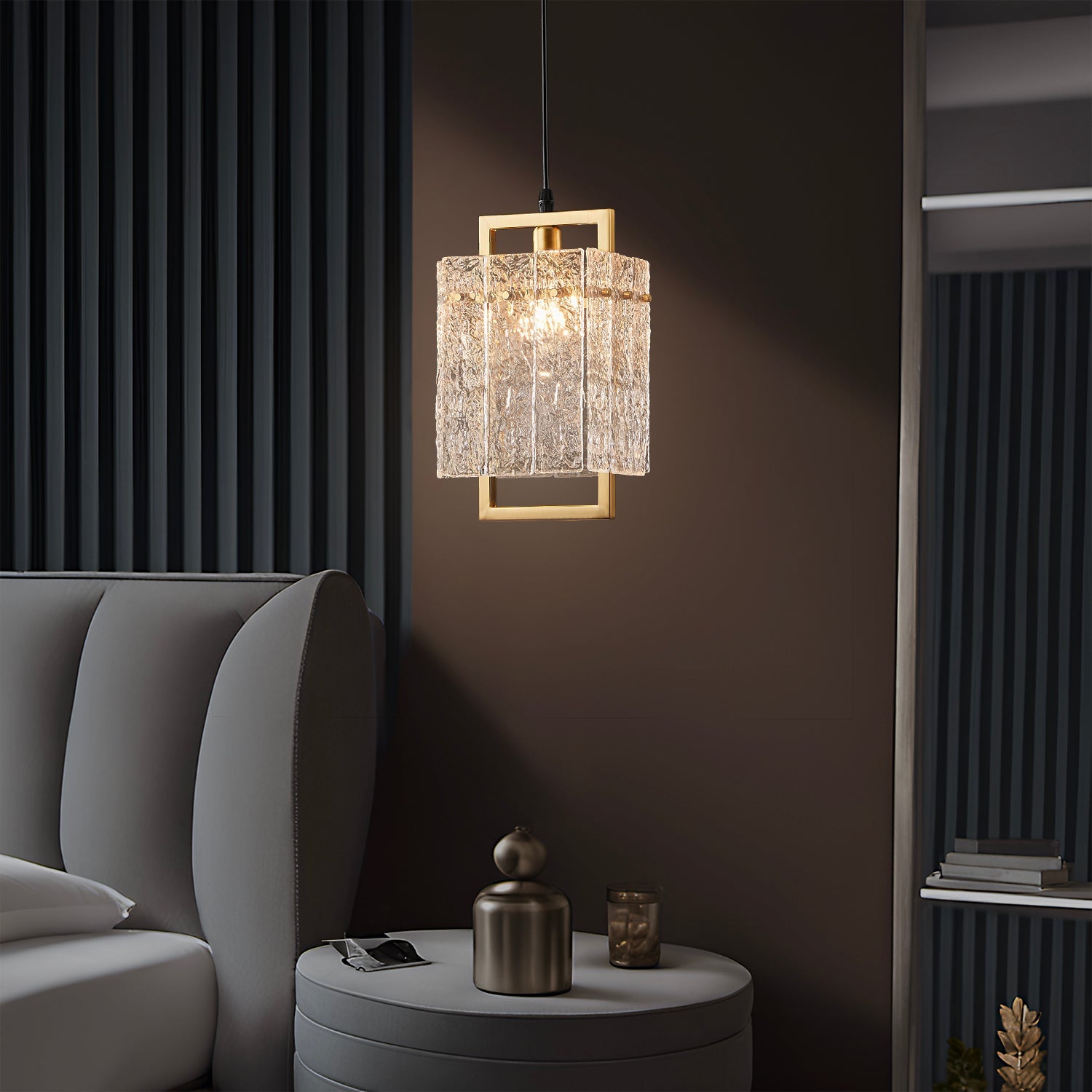To choose the right dimmable lights for your home in 2025, you need to match dimmable bulbs with fixtures and a proper dimmer switch. This matters because not all bulbs and fixtures work together. If you use non-dimmable bulbs, like many CFLs or LEDs, with dimmer switches, you might see problems. You could notice flickering, drop out, or even a faint glow when the light is off.
-
Common issues include:
Flickering
Lights cutting out early
Sudden brightness jumps
Think about what you want from your lighting. If you feel unsure, it’s smart to ask a professional for help.
Key Takeaways
Choose dimmable bulbs and switches that match to avoid flickering, buzzing, or damage.
Use LED bulbs for the best energy savings, long life, and smooth dimming performance.
Pick the right color temperature to create the perfect mood for each room.
Match your dimmer switch type and wattage to your bulbs to keep your lights safe and working well.
If unsure about installation or wiring, always ask a professional electrician for help.
Understanding Dimmable Lights
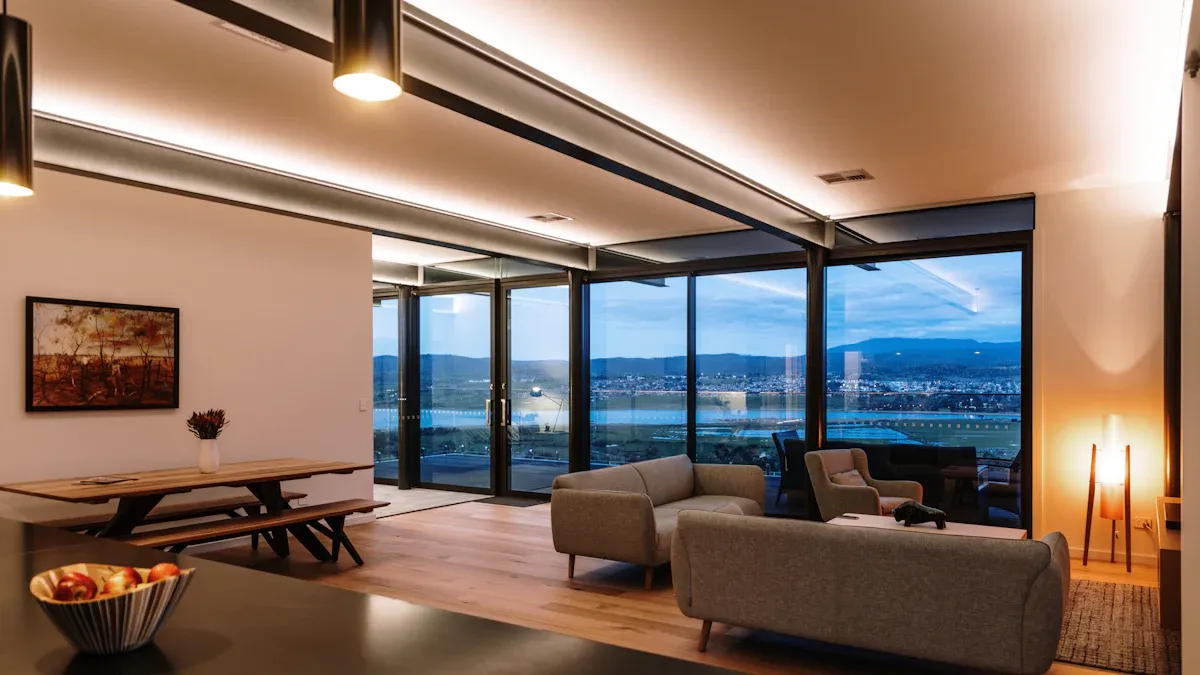
What Are Dimmable Lights
You might wonder what makes dimmable lights different from regular bulbs. Dimmable lights let you control how bright or soft your room feels. You can turn them up for homework or dim them down for movie night. These lights use special technology, like phase-cut dimming or pulse-width modulation, to change the voltage and adjust brightness smoothly. Most dimmable bulbs have built-in drivers or variable resistors that help with this process.
You need the right dimmer switch to make these lights work. Here are some popular types you’ll see in homes in 2025:
Rotary dimmer switches: These classic knobs work with LED, halogen, and incandescent bulbs. They’re simple and reliable.
Slide dimmer switches: You move a slider up or down to set the brightness. They give you more control and show you the light level.
Touch dimmer switches: Just tap to adjust the light. Many have memory functions and a display for brightness.
Smart dimmer switches: These connect to Wi-Fi and let you control lights with your phone or voice. Some even have motion sensors or work with Alexa and Google Assistant.
Universal dimmer switches: These work with almost any bulb type and adjust automatically to prevent flickering or buzzing.
If you use a non-dimmable bulb with a dimmer, you might see flickering or buzzing. Sometimes, it can even damage the bulb. Always check that your bulbs and switches match.
Benefits for Homes
Dimmable lights offer more than just cool tech. They bring real benefits to your home:
Energy Efficiency: Lowering the brightness means you use less electricity. This can help you save money on your energy bills.
Perfect Ambiance: You can set the mood for any activity, from a bright kitchen for cooking to a cozy living room for relaxing.
Longer Bulb Life: Dimming your lights puts less stress on the bulbs, so they last longer and you replace them less often.
Tip: Using dimmable LED lights with smart controls can save even more energy and make your home feel just right for every moment.
Lighting Needs
Room Function
When you pick dimmable lights, start by thinking about what you do in each room. Every space in your home has a different job, so your lighting should match.
Kitchens need bright, clear light. You want to see what you’re chopping or cooking. Overhead fixtures and under-cabinet lights work well here. Dimmable switches let you turn the lights down for a late-night snack or up for meal prep.
Bedrooms feel best with soft, warm lighting. Adjustable bedside lamps and dimmers help you relax before sleep or wake up gently in the morning.
Living rooms are for many things—watching TV, reading, or hanging out with friends. Layer your lighting with a mix of ambient, task, and accent lights. Dimmable options give you the power to set the mood for movie night or brighten things up for a family game.
Bathrooms benefit from bright vanity lights for getting ready, plus softer overhead lights for relaxing baths.
Tip: Try to balance natural sunlight with your artificial lights. Use dimmable fixtures to adjust as daylight changes through the day.
Ambiance and Color
The color of your lights changes how a room feels. This is called color temperature, measured in Kelvins (K). Warm light (2200K–3000K) looks cozy and inviting. It’s perfect for bedrooms and living rooms where you want to relax. Cool light (3500K–5000K) feels crisp and helps you focus, so it works well in kitchens or home offices.
Room |
Recommended Color Temp |
Mood Created |
|---|---|---|
Bedroom |
Cozy, restful |
|
Living Room |
Warm, welcoming |
|
Kitchen |
3500K–5000K |
Bright, alert |
Bathroom |
3000K–4000K |
Fresh, balanced |
Warm lighting in the evening helps your body get ready for sleep by supporting your natural circadian rhythm. Cooler lights during the day boost your energy and help you stay alert. By choosing the right color temperature, you make each room feel just right for its purpose.
Bulbs and Fixtures
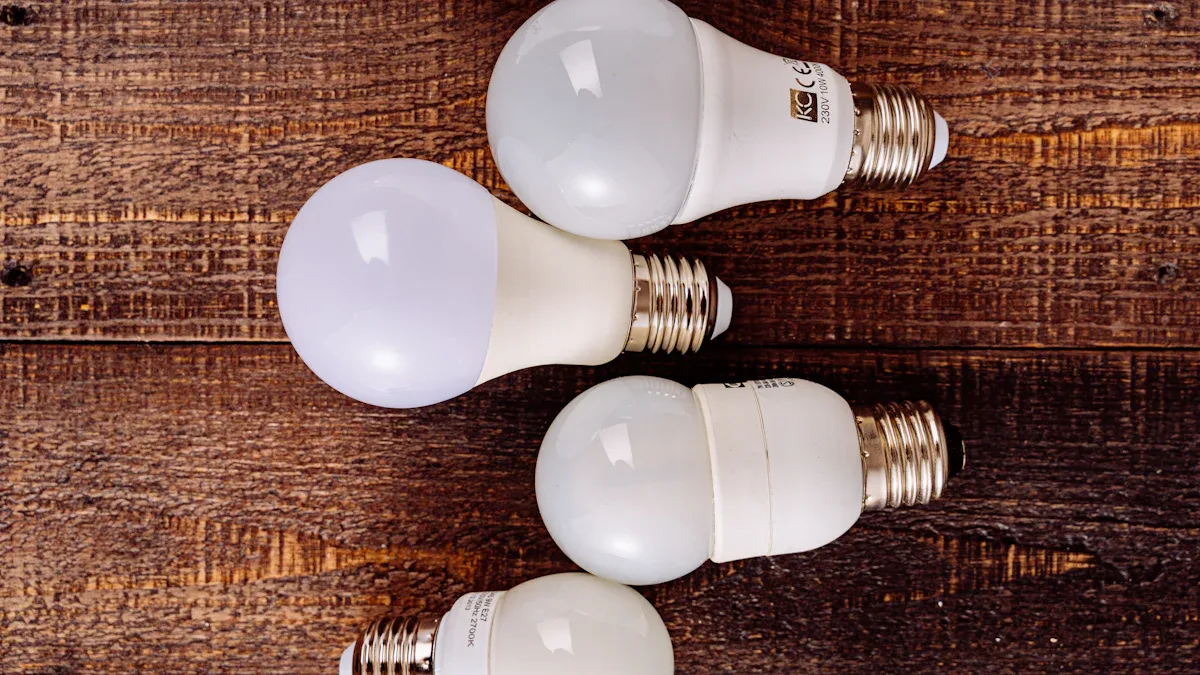
Bulb Types
When you shop for bulbs, you’ll see three main types: LED, halogen, and incandescent. Each one works a bit differently and has its own pros and cons, especially when it comes to dimming.
Here’s a quick look at how they compare:
Bulb Type |
Lifespan (hours) |
Energy Efficiency |
Notes |
|---|---|---|---|
LED |
75-90% less energy than incandescent |
Longest lifespan, cool to the touch, great dimming and color options |
|
Halogen |
1,000 to 2,500 |
25-30% less power than incandescent |
Brighter than incandescent, gets hot, fewer dimming options |
Incandescent |
750 to 3,000 |
Least efficient, high energy waste |
Shortest lifespan, being phased out, limited dimming |
LED bulbs last the longest and use the least energy. They also stay cool, which makes them safer and more comfortable. Halogen bulbs are a bit better than old incandescent bulbs, but they still use more power and get hot. Incandescent bulbs are on their way out because they waste a lot of energy and don’t last long. If you want the best mix of savings and performance, LED bulbs are the way to go for most homes.
💡 Tip: LED bulbs give you the most control over brightness and color. They work well with modern dimmer switches and help you save money on your electric bill.
Dimmable Labels
Not every bulb can dim. You need to look for bulbs that say “dimmable” right on the box or the bulb itself. This label means the bulb is built to work with dimmer switches and won’t flicker or buzz when you turn the lights down low.
Here’s how you can spot a dimmable bulb:
Look for the NEMA dimming compatibility logo on the packaging. This logo shows the bulb meets strict standards for dimming.
The packaging or product description should clearly state “dimmable.”
Some bulbs also have a statement saying they can dim down to 20% of their full brightness.
The NEMA logo means the bulb passed tests for safety and performance.
You might see this logo on the box, on store displays, or in online product details.
The FTC Lighting Facts label does not tell you if a bulb is dimmable, so always check for the NEMA logo or the word “dimmable.”
🛒 Note: If you use bulbs and dimmers with the NEMA logo, you’ll have fewer problems with flickering or humming.
Fixture Support
You can’t just put any dimmable bulb in any fixture. Some fixtures work better with certain bulbs and dimmer switches. Here’s what you should check before you buy:
Check what type of bulb your fixture uses. Incandescent and halogen bulbs can almost always dim, but LED bulbs must say “dimmable.”
Read the fixture’s instructions or look for a label. Some fixtures, especially those with built-in LEDs, may not support dimming.
Make sure you have the right dimmer switch. Standard dimmers work with incandescent and halogen bulbs. For LED bulbs, you need a dimmer made for LEDs to avoid flickering or buzzing.
If you have fluorescent lights, you’ll need a special dimmable ballast for dimming to work.
For enclosed fixtures, use bulbs rated for enclosed spaces and dimming.
Always check the manufacturer’s guide or ask a professional if you’re not sure.
⚠️ Tip: If your fixture isn’t made for dimming, you might need to upgrade it or switch to a compatible one. When in doubt, ask an electrician for advice.
Choosing the right bulbs and fixtures helps your dimmable lights work smoothly. You’ll get the best performance, save energy, and enjoy the perfect mood in every room.
Dimmer Switches
Choosing the right dimmer switch makes a big difference in how your dimmable lights work. If you pick the wrong type, you might see flickering, buzzing, or lights that just won’t dim smoothly. Let’s break down what you need to know.
Dimmer Types
You have a lot of choices when it comes to dimmer switches. Each type works a little differently and fits certain bulbs better. Here’s a quick look at the most common dimmer switches you’ll find in homes:
Dimmer Type |
Description |
Operation / Compatibility |
|---|---|---|
Integrated Dimmer Switch |
Works with wireless tech and manual control |
Lets you use apps or touch to change brightness |
Touch Screen Dimmer Switch |
Sleek, modern look; easy to use |
Touch controls for precise dimming |
Slide Dimmer |
Simple slider to set brightness |
Manual sliding changes voltage |
Rotary Dimmer |
Classic knob you turn |
Rotating knob adjusts voltage |
But there’s more to it than just the style. The way a dimmer works inside matters a lot, especially for LED bulbs. You’ll see two main types:
Dimmer Operation Type |
Description |
Typical Compatibility |
|---|---|---|
Cuts the start of the AC wave; uses TRIACs |
Best for incandescent and halogen bulbs |
|
Trailing Edge (Capacitive) |
Cuts the end of the AC wave; uses IGBTs |
Best for LED bulbs and electronic transformers |
If you use LED bulbs, you want a trailing-edge dimmer. These dimmers give you smoother, quieter control and help prevent flickering. Older leading-edge dimmers often cause problems with LEDs, like buzzing or lights that won’t dim all the way down.
Tip: Always check the packaging on both your bulbs and dimmer switches. Look for “LED compatible” or “trailing edge” if you use LED dimmable lights.
Here’s a chart showing which dimmer brands and models work best with LED bulbs in 2025:
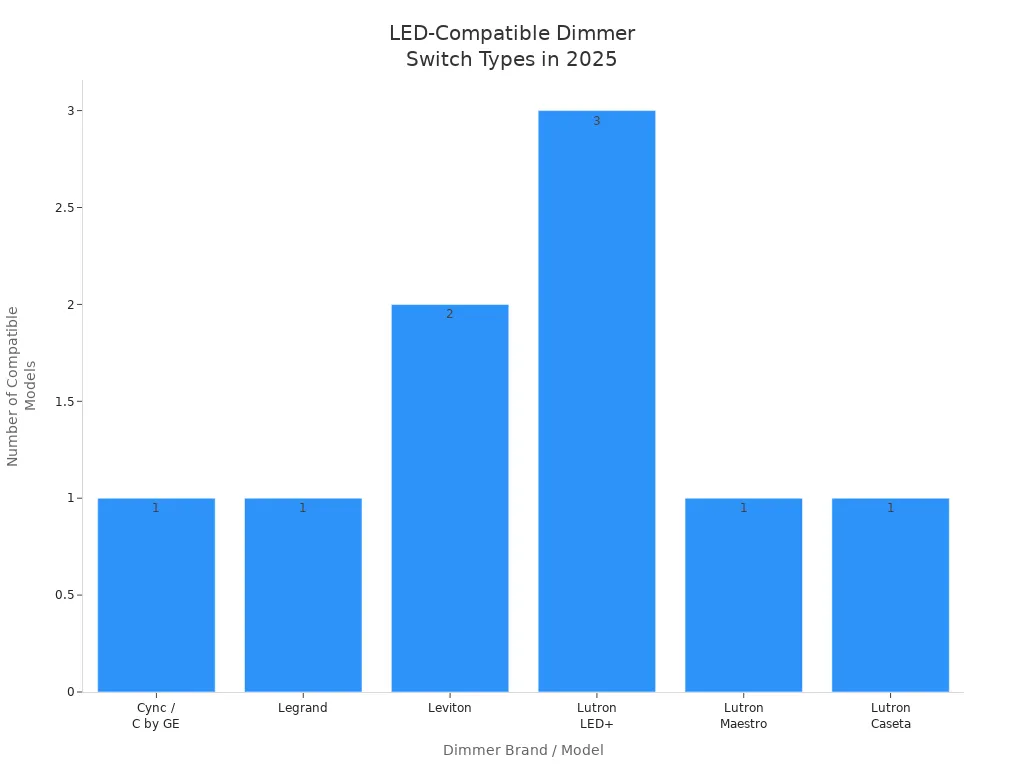
Wattage and Load
You need to match your dimmer switch to the total wattage of all the bulbs it controls. If you overload the dimmer, it can get hot and might even fail. Here’s how you can get it right:
Add up the wattage of every bulb on the dimmer. For example, four 75-watt bulbs equal 300 watts.
Choose a dimmer rated for at least that much. If you have 300 watts of bulbs, pick a 600-watt dimmer for safety.
For LED bulbs, always use a dimmer made for LED loads. LED bulbs use less power, but you still need to check the total wattage.
Never go over the dimmer’s maximum rating. Overloading can cause overheating, damage, or even fire risk.
⚠️ Alert: Overheating happens when you put too many bulbs on one dimmer. This can damage the dimmer, shorten its life, and create a safety hazard. Always follow the manufacturer’s instructions.
Here are some quick tips to keep things safe:
Don’t use more bulbs than your dimmer can handle.
If you have a big chandelier or lots of lights, consider a higher-wattage dimmer.
Make sure all wiring is tight and secure to avoid extra heat.
Compatibility Issues
Sometimes, even when you do everything right, you might run into problems. Here are the most common issues and how you can fix them:
Flickering Lights: This usually means your bulbs and dimmer don’t match. Make sure you use dimmable bulbs and a compatible dimmer. If the problem continues, try switching to a trailing-edge dimmer.
Buzzing Sounds: Buzzing can come from the dimmer or the bulbs. Try using lower wattage bulbs or remove a few bulbs if you have many on one switch. Upgrading to a high-quality, LED-compatible dimmer often solves this.
Limited Dimming Range: If your lights don’t get as dim as you want, you might have an old dimmer or non-dimmable bulbs. Replace them with modern, dimmable LEDs and a matching dimmer.
Overheating Dimmer: Too many bulbs or the wrong type of bulbs can make your dimmer hot. Always check the wattage and use only compatible bulbs.
Physical Damage or Water Exposure: If your dimmer gets wet or damaged, replace it right away. Damaged dimmers can cause flickering, power loss, or even shock hazards.
Check for loose wires and tighten them.
Make sure all your bulbs are labeled “dimmable.”
Replace any bulbs that keep flickering.
Use dimmers made for LED lights.
Don’t overload the dimmer.
If you still have trouble, try a wireless dimming system or call a professional.
Getting the right dimmer switch for your dimmable lights helps you avoid headaches and keeps your home safe. When you match the right bulbs, dimmers, and wattage, you get smooth, quiet, and reliable lighting every time.
Installation and Safety
Setup Tips
Getting your dimmable lights up and running can feel easy if you follow a few smart steps. Start by checking that your bulbs and dimmer switches work together. Using the wrong combination can cause flickering, humming, or even damage, especially with LED or CFL bulbs. Always read the labels before you buy.
Here are some tips to help you set up your dimmable lights safely:
Make sure your dimmer switch matches the total wattage of your bulbs. Never go over the dimmer’s rated capacity.
Check if your home’s wiring meets the dimmer’s needs. Some dimmers require a neutral wire.
Test your lighting system before you finish the installation. This helps you catch problems early.
Use only high-quality, dimmable bulbs. Low-quality LEDs may not work well with dimmers.
Place your dimmer switches where you can reach them easily and avoid putting too many on one circuit.
⚡ Tip: Never use non-dimmable bulbs with a dimmer switch. This mistake is common and can lead to poor performance or even damage.
When to Call a Pro
Sometimes, it’s best to let a licensed electrician handle the job. If you feel unsure about wiring or see confusing instructions, don’t risk it. Master electricians have the training and tools to make sure your lights work safely and last longer. They also know how to handle tricky spots like bathrooms or kitchens, where water and electricity can be a dangerous mix.
You should call a professional if:
You don’t feel comfortable working with electrical wiring.
You need to install dimmable lights in wet or humid areas.
You want to make sure your system meets local electrical codes.
You notice issues like voltage drop or need help choosing the right wire size.
You want to avoid costly mistakes or safety hazards.
Here’s a quick look at some common electrician certifications:
Certification Name |
Issuing Organization |
Focus Area / Relevance to Dimmable Lighting Installation |
|---|---|---|
Certified Lighting Controls Professional (CLCP) |
NALMCO |
Specializes in lighting control systems, including dimming and smart systems. |
General Journey Level Electrician Certification |
State licensing authorities |
Legal requirement for electrical installations, including lighting systems. |
Lighting Certification (LC) |
NCQLP |
Covers broad lighting knowledge, including practical scenarios. |
🛠️ Note: Hiring a certified electrician keeps your home safe and your lighting system running smoothly. If you ever feel unsure, it’s always better to ask a pro.
You can upgrade your home lighting with confidence by following a few key steps.
Plan your lighting needs and pick the right bulbs.
Check that your fixtures and dimmer switches match.
Always turn off power before installation and use a voltage tester for safety.
If you feel unsure, reach out to a professional for help.
Smart choices give you comfort, save energy, and help your lights last longer. Enjoy the cozy, flexible atmosphere you create!
FAQ
Can I use any bulb with a dimmer switch?
No, you need bulbs labeled “dimmable.” Regular bulbs may flicker or buzz. Always check the packaging before you buy. If you use the wrong bulb, your lights might not work right.
Why do my dimmable LEDs flicker or buzz?
Flickering or buzzing usually means your dimmer switch and bulbs do not match. Try using a trailing-edge dimmer made for LEDs. If the problem continues, swap out the bulbs for high-quality, dimmable ones.
Do smart dimmers work with voice assistants like Alexa?
Yes! Most smart dimmers in 2025 connect with Alexa, Google Assistant, or Siri. You can control your lights with simple voice commands. Just make sure your smart dimmer lists these features on the box.
How do I know if my fixture supports dimming?
Check the fixture’s label or manual.
Look for “dimmable” or a dimmer symbol.
If you cannot find this info, ask the store or a pro.
🛠️ When in doubt, always double-check before installing.

